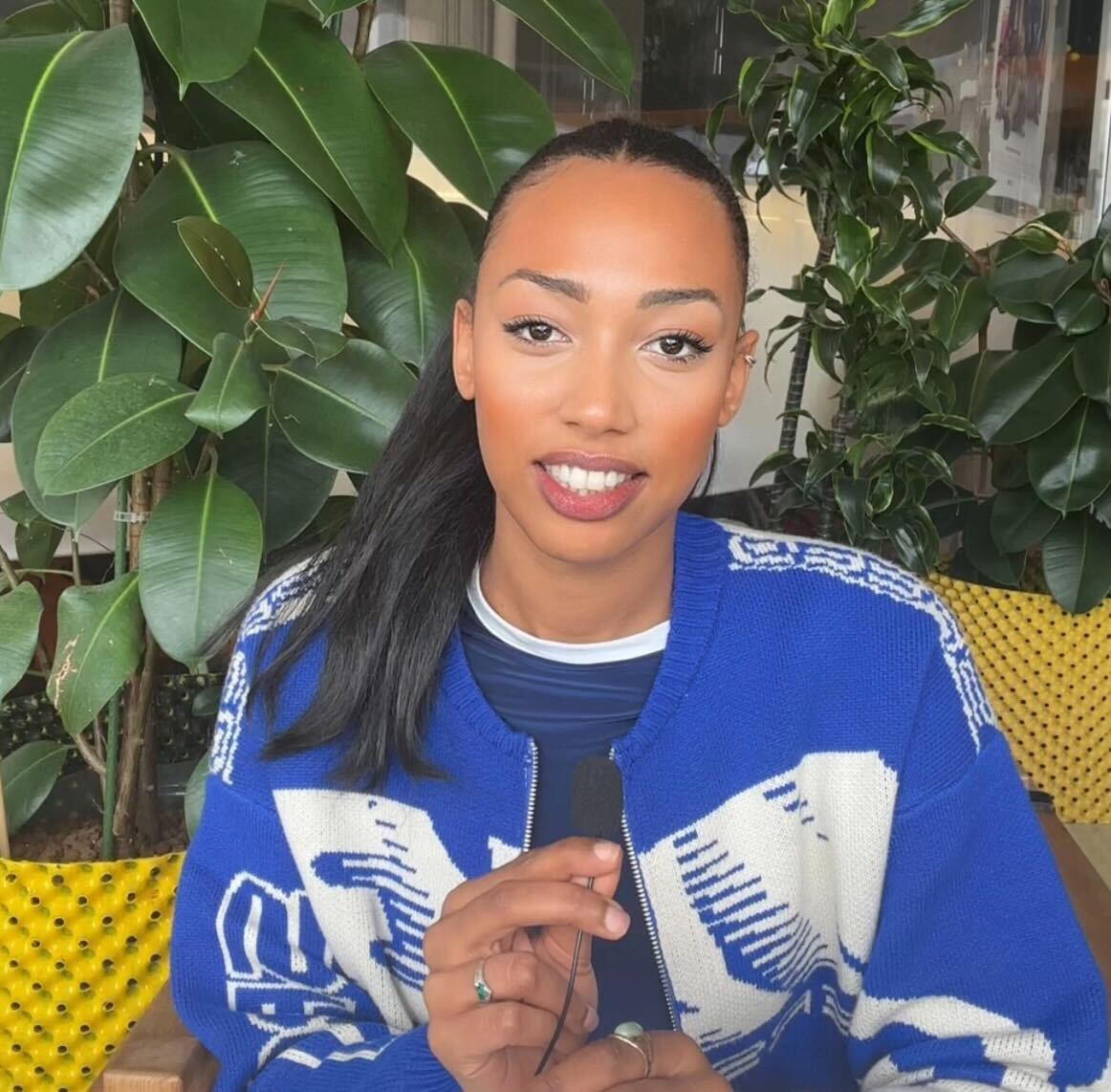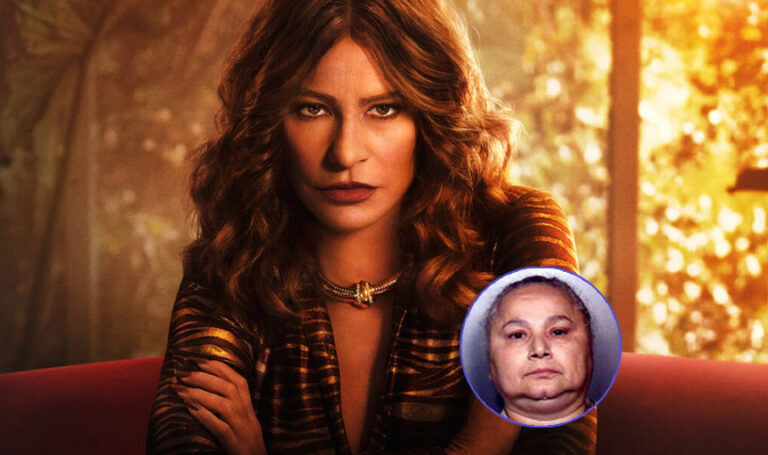Netflix’s depiction of Griselda Blanco was wrong. Why the cocaine godmother was not a feminist icon
In the latest binge-worthy Netflix series, Griselda, Sofia Vergara takes on the challenging role of the notorious female drug trafficker, aka the cocaine Godmother, Griselda Blanco. Now, unless you’ve been living under a particularly large rock, you’ve likely caught wind of the gripping scenes and tension-filled moments that unfold in the series. However, here’s a little heads-up: what you see on-screen may be a softened and romanticised version of a woman whose real-life story is a rollercoaster of intrigue, complexity, and, well, a fair share of brutality. Let’s peel back the curtain and explore the distinctions between the fictionalised portrayal and the unfiltered reality.
Griselda Blanco young
Griselda Blanco’s life began in the early 1940s in Colombia, a country engulfed in mass social unrest and violence known as La Violencia. Born into grinding poverty, some accounts even suggest that her mother was a sex worker. Blanco’s ascent from the bottom started in the 1940s, as she became involved in criminal activities at a remarkably young age, having moved south to Medellín when she was only three years old.
According to her former lover, Charles Cosby, as a child, Blanco allegedly committed her first murder at just 11 years old, showcasing an early inclination towards violence. Her formative years were marked by adversity, contributing to her ability to navigate a world that became increasingly fraught with challenges as she grew older.
The criminal evolution of Griselda Blanco
Blanco’s involvement in crime evolved as she transitioned from pickpocketing, document counterfeiting, and human smuggling to the international cocaine trade in the 1970s. The drug trade brought substantial wealth, and as competition intensified, toughness became a necessity. In the words of historian and author of Women Drug Traffickers: Mules, Bosses, and Organized Crime Elaine Carey, “As the drug trade yielded more money, there was more competition. She had to be tough, and she was from her childhood.”
Blanco’s strategic intelligence and adept people skills allowed her to create a considerable distance between herself and the violent acts associated with her operations. While the recent Netflix series portrays her as a strong woman, it also suggests her reliance on male family, friends, and acquaintances to assert her true power.
Who is the cocaine Godmother?
The reason why people started calling Griselda Blanco the “cocaine Godmother” as well as the “Black Widow” is because of the formidable Colombian drug lord that she became, whose criminal empire inundated Miami with cocaine, generating a staggering $80 million monthly revenue nationwide. Additionally, Blanco has been personally linked to an alleged involvement in around 200 murders, including three of her husbands.
There was also a movie released in 2017 titled Cocaine Godmother, starring Catherine Zeta-Jones. This film offers a more accurate portrayal of the real-life story of Griselda Blanco.
How did Griselda Blanco’s sons die?
Griselda Blanco had four sons; Dixon Trujillo Blanco, Uber Trujillo Blanco, Osvaldo Trujillo Blanco and Michael Corleone Blanco. As you can probably imagine, their mother’s wealth afforded them a glamorous life. However, when Griselda was caught and served a 15-year prison sentence, three of her sons were targeted by her enemies and brutally murdered.
The only surviving child, Michael Corleone Blanco, has pursued a distinctive journey. Initially featured on VH1 in a reality show called Cartel Crew, he subsequently launched a website, Pure Blanco, where he sells a range of Griselda Blanco-themed merchandise, providing enthusiasts with the chance to embrace the essence of a true boss… No, I’m not making it up.
Nevertheless, Griselda’s youngest son also shared his thoughts about the Netflix show during an appearance on the podcast The Real Griselda, expressing, “I feel that the story—our story, my family’s story, the Blanco family’s universe—it’s so complex and so legendary it should be shown respect when it comes to storytelling. I think the story deserved a little more.”
Sofia Vergara as Griselda
Embarking on her latest Netflix project, Sofia Vergara revealed a transformative journey. From capturing the essence of Blanco’s nose and her distinctive smile, to finely tuned eyebrows, the actress’ commitment to embodying the drug lord’s character is reflected in her meticulous attention to even the smallest features.
@netflixde Sofía Vergaras #Griselda makeup routine 💅 #netflix
♬ Originalton - NetflixDE - NetflixDE
In a recent interview on The Kelly Clarkson Show, Vergara shared: “I’m Colombian, I’m a woman. I’m a mother, I’m an immigrant. I have always been someone who wanted my own money, my own job, and my own things. Like I feel like I don’t need men.” Additionally, the actress revealed a tragic event from her past—the loss of her brother in Colombia, who was connected to a drug cartel. While these shared attributes may create a semblance of commonality between Vergara and drug lord Griselda Blanco, the crucial question lingers: how genuine are these parallels from the original events?
@livekellyandmark Sigñfia Vergara’s personal connection to her character Griselda
♬ original sound - Kelly and Mark
Vergara’s portrayal of Blanco in the Netflix series, produced by her company Latin World Entertainment, offers a softer and more compassionate version of the ruthless trafficker. While entertainment often takes creative liberties, the true story of Blanco might be too intense for audiences to fully embrace in its unaltered form.
Beyond her inner circle, her true nature remained elusive to the outside world. Nevertheless, one undeniable fact emerges—the world she constructed for herself thrived, benefited, and significantly improved with the presence of men.
What is the link between Pablo Escobar and Griselda Blanco?
Pablo Escobar dubbed the “king of cocaine,” acknowledged through his statements about Griselda Blanco that even he harboured fear towards her. Although Escobar spearheaded and managed the infamous Medellín cartel, Blanco collaborated with it while establishing her dominance as Miami’s drug queenpin. Their association, however, encompassed more intricate elements than mere shared business dealings.
During a period when Escobar was recognised as the world’s most notorious drug lord, overseeing operations that commanded 80 per cent of the global cocaine market, Blanco played a role in his expansive trafficking network as the sole female participant. Despite his notorious stature, Escobar openly admitted to being terrified of her, stating, “The only man I was ever afraid of was a woman named Griselda Blanco.”
Netflix series versus reality
The Netflix series primarily delves into Blanco’s experiences in Miami’s cocaine market, but her criminal ventures began much earlier. Prior to her Miami exploits, Blanco spent over a decade running her cocaine business in New York City and the northeastern US following her move from Colombia.
Contrary to the series’ depiction, Blanco arrived in Miami already wealthy, having made millions from human smuggling and drug trafficking to New York. The idea that she only gained authorities’ attention more than a decade later in Miami is a fantasy. Blanco had been tracked by the DEA and the U.S. State Department for years, using false identities to move around the hemisphere.
Elaine Carey dispels the myth that Blanco arrived in Miami destitute, needing to work as a travel agent. The reality is that she was a master document forger with false identities, navigating the criminal underworld with a calculated finesse.
Why Griselda Blanco shouldn’t be considered a female icon
In Griselda, Blanco is undeniably depicted as a strong woman, but the portrayal falls short of showcasing her as an independent figure. In the show’s initial episodes, the audience witnesses her escape to Miami following the demise of her second husband, an event later revealed to be orchestrated by her after enduring an abusive marriage. Aspiring to amass wealth in the Miami drug trade, Blanco strategically aligns herself with and heavily relies on a network of seemingly supportive men, ultimately ascending to become the cocaine titan befitting her legacy.
Closest to Blanco, from her favoured hitman to her most trusted confidant, her son, and eventual third husband, are all men. While such a dynamic might be expected in the industry she operates in, Griselda simultaneously establishes a network of young women entrusted with carrying out her ‘dirty work’. Regrettably, these women occupy the bottom tier of the hierarchy, being exposed to the closest proximity to danger yet remaining a low priority.
This narrative, illuminated by the series, challenges the notion of Griselda Blanco as a feminist icon. Despite her strength, her reliance on a predominantly male inner circle and the marginalisation of women in her operations underscore a lack of genuine empowerment and equality, ultimately questioning her suitability as a figurehead for feminist ideals.
Overall, we can say that Blanco’s life is a complex tapestry of crime, violence, and cunning strategy. While the Netflix series may offer a glimpse into her world, it is crucial to separate the entertainment from the harsh realities of a woman who left an indelible mark on the criminal underworld. Considered from a more objective standpoint, Blanco’s life challenges the notion of her being celebrated as a feminist icon, reminding us that her true tale is too intense for audiences to swallow whole.
Who killed Griselda Blanco?
Blanco died on 3 September 2012, in Antioquia, a region of Medellín, Colombia. Exiting a butcher’s shop, she was shot twice in the head by two unidentified assailants on a motorcycle—a method officials noted Blanco had often employed to eliminate her own adversaries. At the time of her death, Blanco was 69 years old.






